The Mongol Empire was, by far, the largest contiguous empire we’ve ever known. Many historians attribute it to their sheer superiority on the battlefield, as well as their more DIY approach to warfare compared to their enemies. The Mongol army – throughout its existence under the various Khans – was a highly mobile and agile force. They were so fast that their rate of advance came as a shock to many kingdoms unfortunate enough to be in their way. That, combined with the leadership of Genghis Khan, gave way to one of the most successful geopolitical entities in history.
What we forget, however, is that they had to go through quite a few defeats to get there, too, as we only think of Mongols as an unstoppable, undefeatable force rampaging across Asia and Europe. That couldn’t be further from the truth, as they were successfully repelled and defeated by quite a few forces throughout their history.
7. Delhi Sultanate
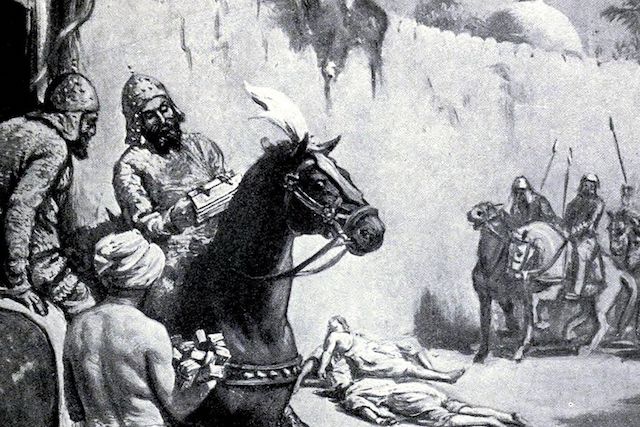
At its peak, the Mongol Empire stretched out to the end of the known world in almost every direction, from Siberia in the north to the southern tip of China. It’s often said that if Genghis Khan hadn’t died, he’d have conquered Europe, too, though we will never truly know.
There was still one major region of Asia that the Mongols could never successfully conquer: the Indian subcontinent, especially during the reign of Alauddin Khalji. Then known as the Delhi Sultanate, the vast empire came under attack from the Mongols at least seven times, though all of those invasions were successfully – and sometimes brutally – repelled.
Their Indian campaign was in direct contrast to the rest of their portfolio, as this time, it was Khalji’s forces that terrified the Mongols instead of the other way around. One of his commanders – Zafar Khan – was particularly infamous among the Mongol ranks for his violent execution methods, which is really saying something.
However, it wasn’t just fear that kept the Mongols out. The Delhi Sultanate was also a powerful, technologically-advanced empire, equipped with some of the best military technology at the time, along with experienced generals and an almost infinite supply of resources from their vast territory.
6. Vietnam
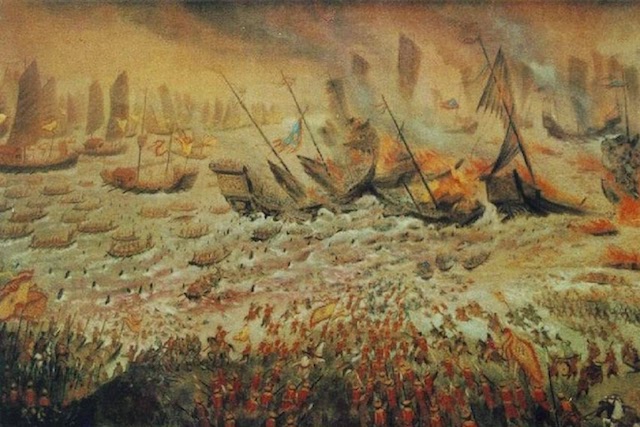
Vietnam has never been an easy place to conquer, owing to its perpetually high population density and rough, inaccessible terrain. That, however, was lost on the Mongols, as quite a few of their generals tried to challenge those odds at different points in their history, though to little success.
Probably the most famous of them was Kublai Khan, who ordered the invasion of the country three times – in 1257, 1284, and 1287. They didn’t do so badly, either, as they were able to capture the capital Thang Long (now Hanoi) every time. That didn’t do much for their overall purpose, though, as the Vietnamese – ruled by the Tran dynasty at the time – deployed scorched-Earth on each occasion, leaving the city empty and short on supplies before the Mongols got there. They had an upper hand in the jungle, where the organized Mongol tactics were as good as useless.
All the three invasions ended in a full Mongol retreat, though it was the particularly humiliating defeat of 1287 – when the entire Mongol navy of over 400 ships was destroyed – that served as the final straw before they finally gave up.
5. The Mamluks
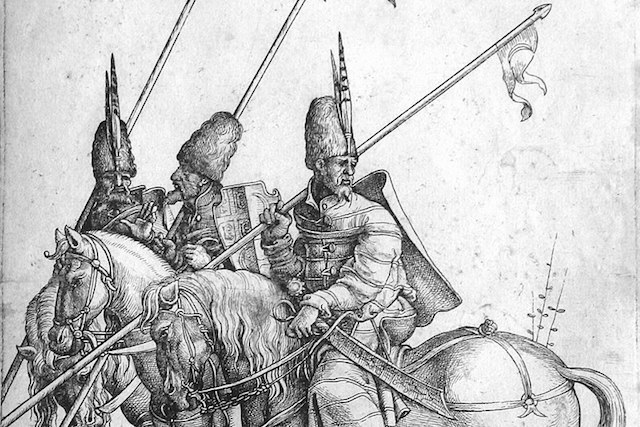
The Mongol siege and sacking of Baghdad in 1258 was a monumental event by all measures. Apart from the loss of Baghdad’s legendary library and all of its knowledge, the siege ended the centuries-long Golden Age of Islam under the Abbasid Caliphate.
All that was probably why the Mongols thought that it was a good idea to march on Egypt, then ruled by the Mamluks. It wasn’t, however, as the Mamluks were different from the Abbasid Caliphate in many ways. For one, they were militarily stronger and at the peak of their power around that time, unlike the Abbasids who didn’t even have a large enough force to match the Mongols.
More importantly, though, the main bulk of the Mongol force under Hulagu had to return back home due to the death of Mongke Khan. The Mamluks seized on this opportunity, and decided to make a stand at the Battle of Aun Jalit.
While the Mongols found themselves outnumbered by at least 2:1, that hardly ever meant defeat for them. In fact, they were known for regularly engaging numerically superior enemies and still winning. But this would not be one of those times, as the Mamluks turned out to be better than the Mongols in almost every aspect. They even successfully used a feigned retreat to lure the Mongol light cavalry into an ambush – a technique polished and perfected by the Mongols themselves.
By the end of it, the entire Mongol force in the region was decimated and its general beheaded in the middle of the battle. The defeat was one of the biggest reasons why the northwestern border of the Mongol Empire never stretched beyond Syria and parts of modern-day Israel.
4. Russia
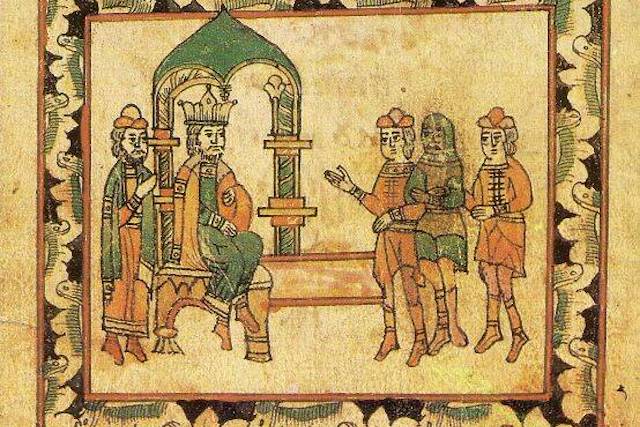
The Golden Horde was only one of the many residual kingdoms left in the wake of Genghis Khan’s demise, as well as one of the largest. At its peak, the kingdom – inherited by one of Genghis’s sons, Batu Khan – held almost all of Eastern Europe, as well as a huge chunk of the Siberian wilderness.
Of course, the size of the territory meant that the Mongols had to deal with a lot of rebellions and civil wars, though most of them were minor affairs. One battle, however, was almost successful in its goal of gaining independence from the Mongols: the Battle of Kulikovo.
Fought in 1380 between the rebelling prince of the Duchy of Moscow, Dmitry, and his other other Russian allies, and Mamai – a celebrated general of the Golden Horde – the battle started with a fight between champions from both sides. That turned out to be indecisive, however, as both of them died in the fight. In the three-hour battle that ensued, Dmitry would almost end up losing his life from a loss of blood. That didn’t dissuade his fighters, however, and by the end of it, their cavalry had completely routed the Mongols.
This defeat would go down in Mongol history as its first ever in Russia, though it wouldn’t be the last, as the battle marked the turning point in Russian-Mongol relations. While the territories lost in the battle would be retaken by the Mongols in a few years, the Golden Horde never regained its foothold in the region again.
3. Java
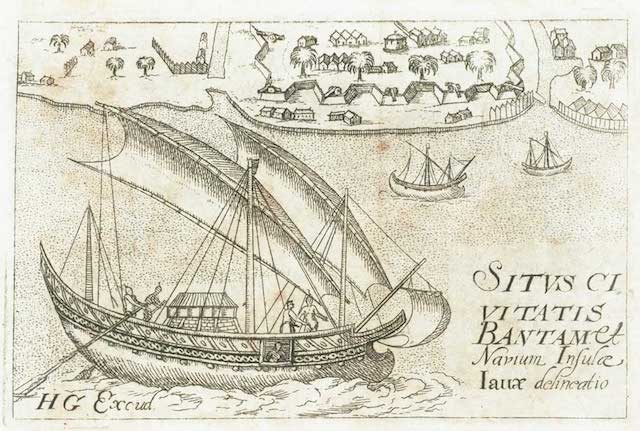
Southeast Asia was always a difficult region for the Mongols to conquer, as their inherent advantages on the battlefield ceased to exist there. It was a vast region ruled by many small-yet-powerful kingdoms, and most of them were maritime powers – something the Mongols never truly got the hang of.
So when Kublai Khan sent in a formidable force to invade the Singhasari Kingdom of Java, they were probably hoping that this time it would be different. The invasion started out quite well for the Mongols, too, as they had managed to ally with Raden Wijaya – the grandson of the recently deposed king. Together, they were able to defeat the forces of Jayakatwang – the guy who did the deposing – and take the capital.
Unfortunately for the Mongols, though, Wijaya had no intention of ceding any territory to them. Instead, he pulled the classic ‘tell them that he’ll be back in a while and return with a huge army’ trick. He convinced the Mongols that he needed to return to his own state – Majapahit – to prepare the tribute and that it was completely fine if they only sent 200 unarmed soldiers to ensure that he wasn’t lying. As you can probably guess, his forces ambushed them on the way, followed by a full-blown attack on the unsuspecting Mongol army, while his navy destroyed the Mongol fleet.
The remaining Mongol forces managed to escape back to China, and never invaded any part of the Indonesian islands again. Conversely, Raden Wijaya went on to set up the first and largest Javanese kingdom in history.
2. Japan
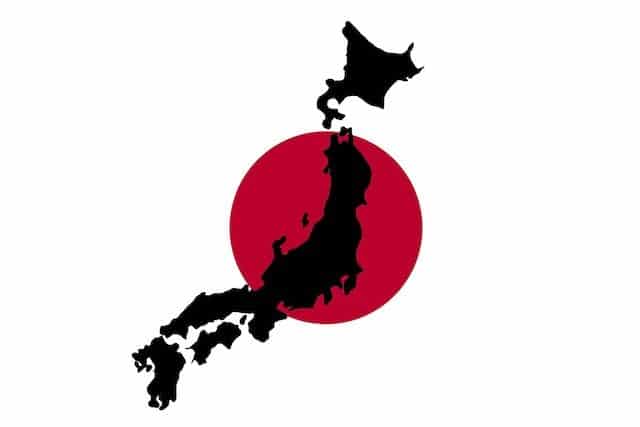
Before WW2, Japan had the distinction of being one of the few countries that had never been successfully invaded by a foreign power, largely because of its unique geographical location. That record was almost broken, however, when the Mongols under Kublai Khan conquered Korea and China in the 13th century, and set its sights on Japan.
If we just go by the numbers, the Mongols had a definite advantage. In the invasion of 1274, they invaded with a fleet of around 800-900 ships, carrying anywhere between 16,000-40,000 men, depending on the source. Things were going in their favor in the beginning, as they successfully conquered and plundered the Tsushima and Iki Islands. When they reached Hakata Bay, however, a terrible storm decimated over one-third of their entire fleet, forcing them to return.
Not ones to easily give up, they tried again in 1281, this time with an even larger fleet of 4,400 ships carrying over 100,000 soldiers. This time, however, they met quite a bit of resistance from the outnumbered Japanese, to the extent that the Khan had to send in more reinforcements from China. They’d have won, too, if it wasn’t for yet another huge typhoon at Hakata Bay. It sank almost the entire Mongolian navy, and the soldiers that were left behind were brutally put to death by the Japanese.
1. Hungary
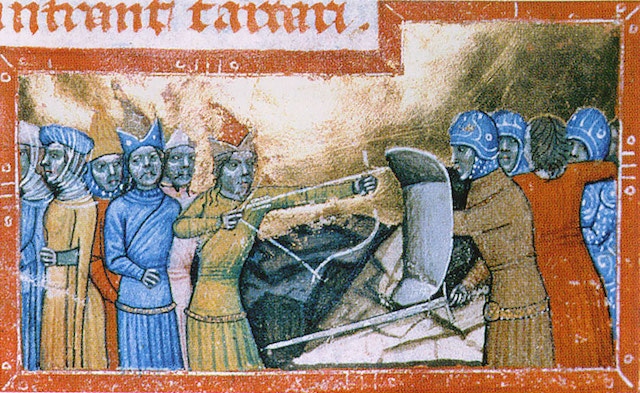
When the Mongols invaded the Kingdom of Hungary in 1241, they faced a ridiculously unprepared enemy. A far cry from the ferocious steppe warriors of a few centuries before that fought a lot like the Mongols, Hungary’s army was now largely made up of nobles and aging knights. Moreover, their cities were just not meant to repel a Mongol advance with their infamous siege weapons. By some accounts, no Hungarian city or town even had walls at the time, making it a rather easy job for the battle-hardened Mongols. The invasion ended in a disaster for Hungary, and the resulting plunder of most of its territory by the Mongols set the kingdom back by years.
Fortunately for the Hungarians, though, the Mongols had to leave the invasion incomplete because of the death of Ogedei – the Great Khan at the time. According to Mongol custom, all the members of the royalty had to be present in the capital whenever a Great Khan died. While the Hungarians knew that it wouldn’t be the last Mongol invasion of their lands, this retreat gave them a fair amount of time to prepare.
Surely enough, the Mongols returned in 1285, this time with the intention to overrun the kingdom and enter Western Europe. However, thanks to the military reforms and fortification projects undertaken by King Béla IV in the decades between invasions, it wouldn’t be so easy this time around.
While the Mongol forces were able to capture quite a bit of territory in their initial push, they couldn’t take even one fort or town of value, as they were all fortified settlements now. They did cause quite a bit of suffering to the civilian population – as the Mongols loved their raids no matter what – though were soon forced to retreat due to dwindling supplies and morale, as well as the mounting number of defeats by the well-supplied and enthusiastic Hungarian forces. By the end of it, the Mongols had to leave their gains behind and retreat, or they’d have been completely annihilated.
This defeat – along with the failed invasion of Poland – marked a turning point in the overall Mongol strategy regarding Europe. It’s not a stretch to say that if they had won, the history of the continent would be a lot different than it is today.